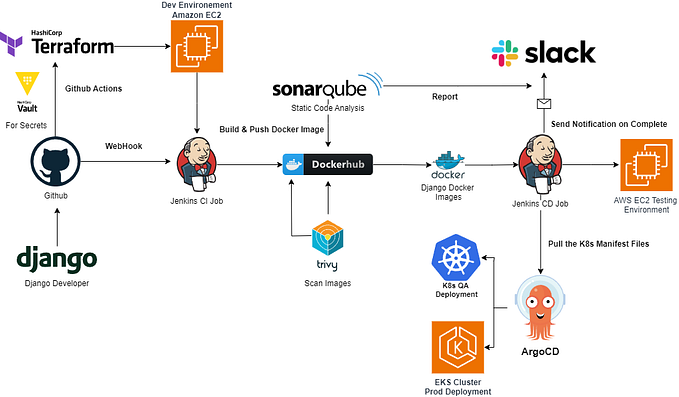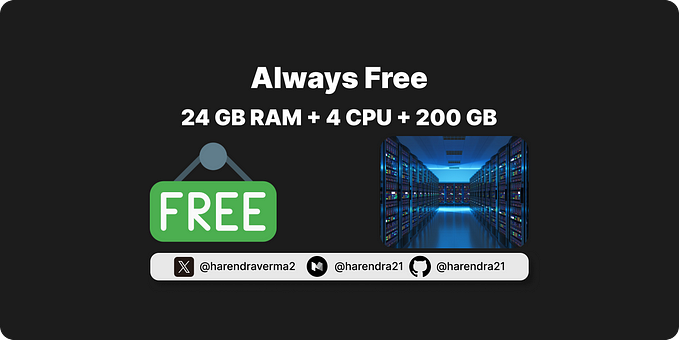Member-only story
Top 10 Kubernetes Pod Concepts That Confuse Beginners
When I first started working with Kubernetes, it felt like trying to decode a secret language.
I remember the days of grappling with the basics, especially when it came to understanding pods.
I’d set up my application, only to get tangled in the terms and concepts like pods, containers, and deployments.
You’re not alone if you’ve faced similar challenges.

Kubernetes is incredibly powerful, but its complexity can be overwhelming, especially for newcomers.
To help make sense of it all, let’s clear up some of the common confusions about Kubernetes pods and how they fit into the larger picture.
Pods vs. Containers
The Confusion: New users often mix up pods and containers, thinking they are the same thing.
The Clarification: A pod is the smallest unit of deployment in Kubernetes. It can house one or more containers.
Containers within the same pod share the same IP address, port space, and storage, which makes it easier for them to communicate and share data.
Knowing this helps you manage your application more effectively.








